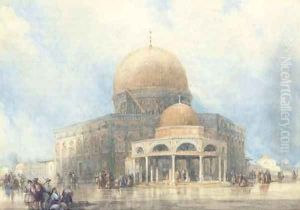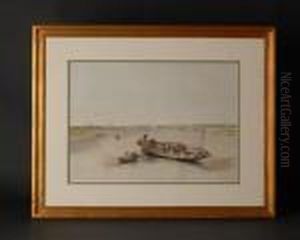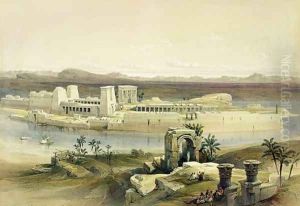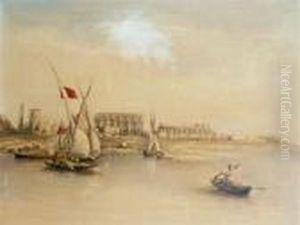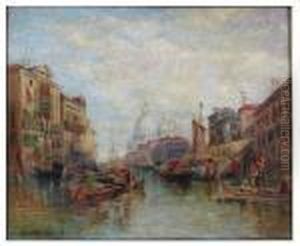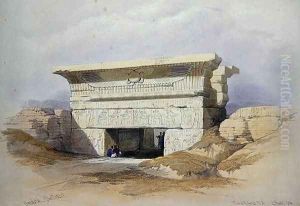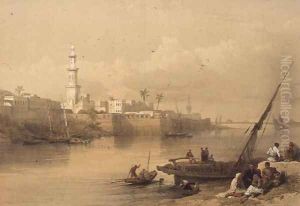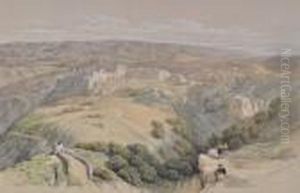David Roberts Paintings
David Roberts was a renowned Scottish painter, especially known for his detailed lithograph prints and sketches of Egypt and the Near East, as well as for his architectural and landscape paintings. Born on October 24, 1796, in Stockbridge, an area of Edinburgh, he began his career as a house painter and decorator, but his talent soon led him to the theater where he worked as a scenic designer. His early experiences with stage design and backdrop painting influenced his later work with their dramatic sense of perspective and attention to detail.
Roberts traveled extensively, and his journeys had a profound impact on his work. In 1838, he embarked on a long tour of the Near East, including Egypt, Nubia, the Sinai, the Holy Land, Jordan, and Lebanon. During this trip, he produced a vast number of sketches and watercolors. These works were later lithographed and published in a series of volumes titled 'The Holy Land, Syria, Idumea, Arabia, Egypt, & Nubia' from 1842 to 1849, with text by Reverend George Croly and later by William Brockedon.
His works from this period capture the monumental scale and beauty of ancient monuments, as well as the everyday life of the people living amongst them. Roberts was one of the first Western artists to gain access to the Holy Land and other regions of the Near East, and his works played a significant role in shaping Western perceptions of these areas.
Upon returning to the United Kingdom, Roberts was elected as a member of the Royal Academy in 1841. His paintings continued to be in high demand, and he enjoyed considerable success during his lifetime. He is often credited with influencing the Orientalist movement in British art. Roberts's work is characterized by its precise draftsmanship, vibrant color palette, and the skillful rendering of light and shadow, which he used to evoke mood and atmosphere.
David Roberts died on November 25, 1864, in London, leaving behind a legacy that not only provides an invaluable pictorial record of the Near East during the 19th century but also continues to captivate viewers with its artistic excellence.
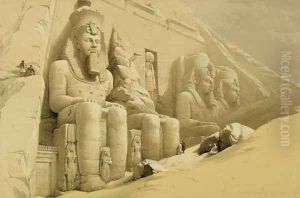
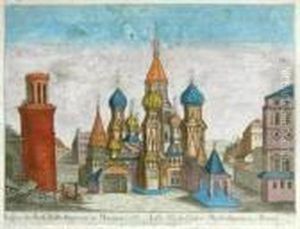
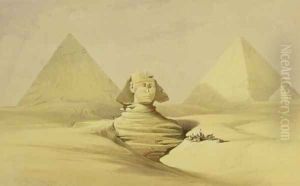
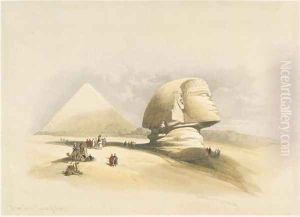
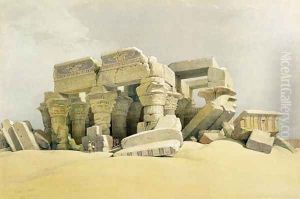
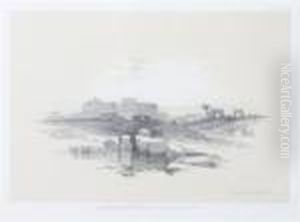
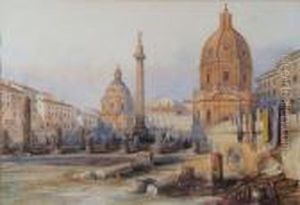
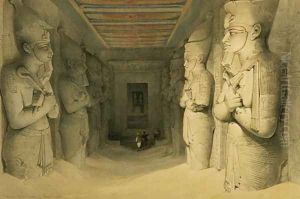
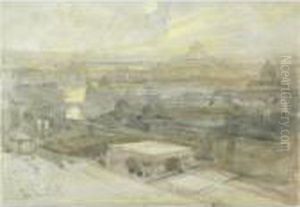
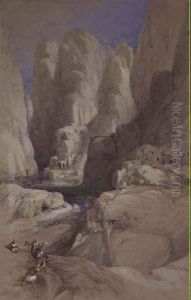
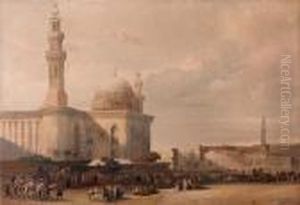
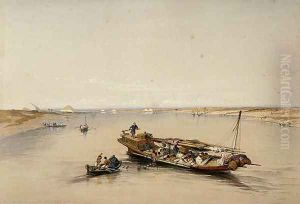
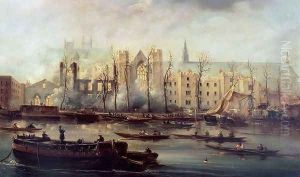
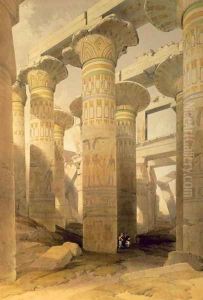
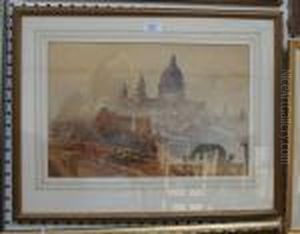
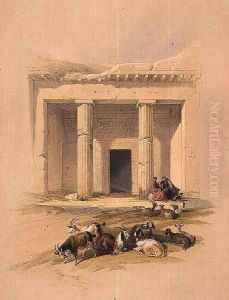
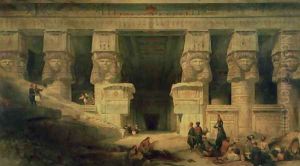
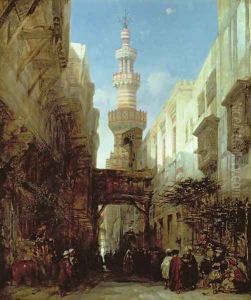
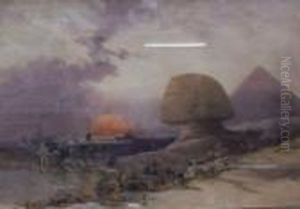
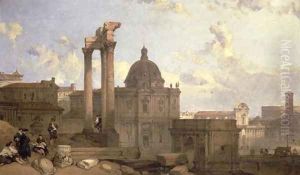
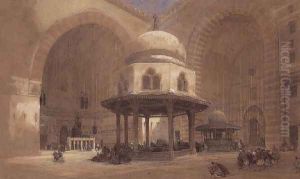
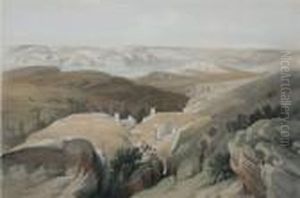
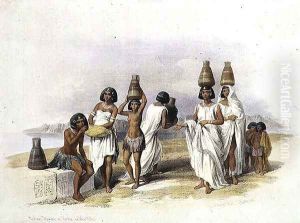
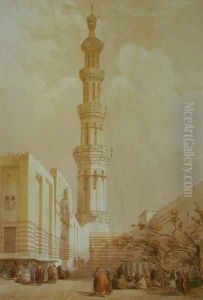
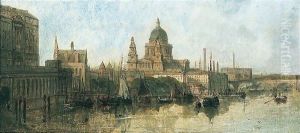
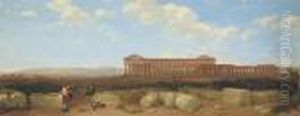
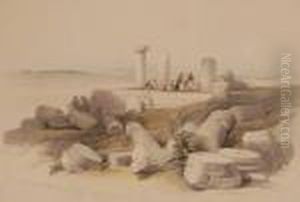
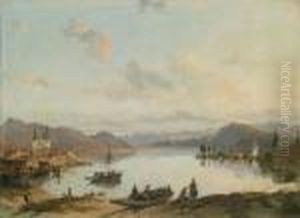
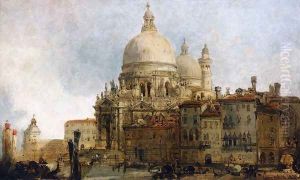
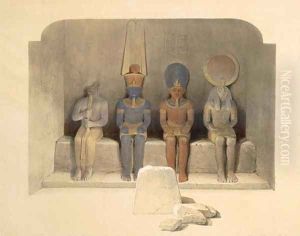
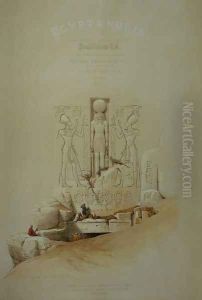
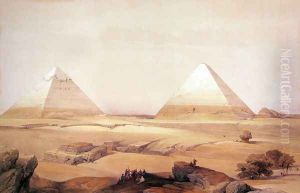
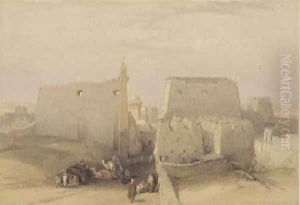
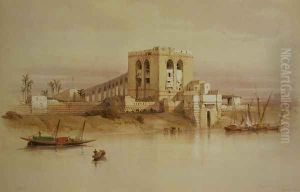
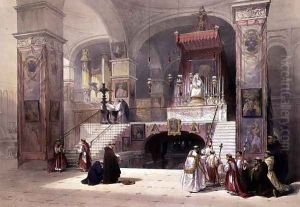
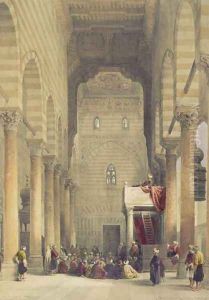
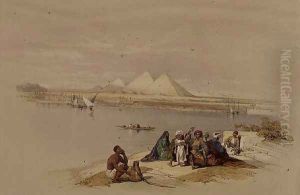
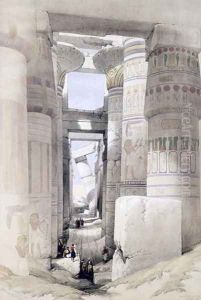
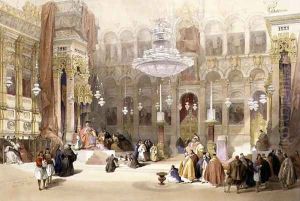
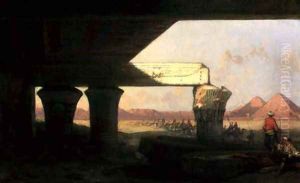
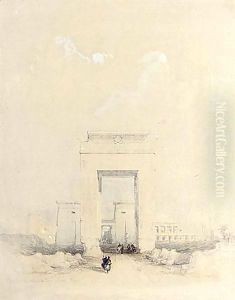
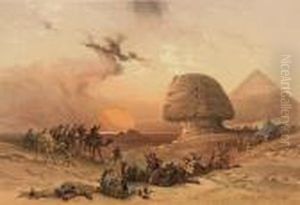
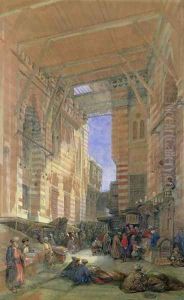
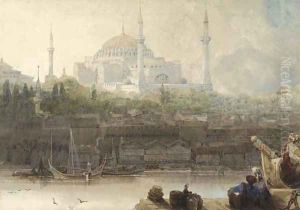
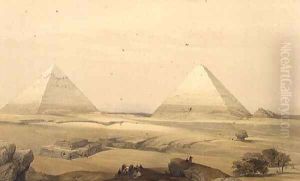
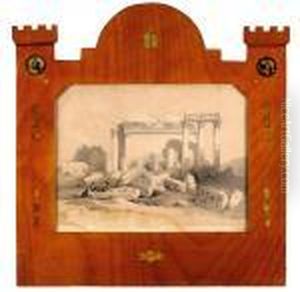
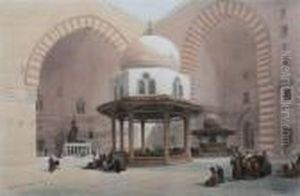
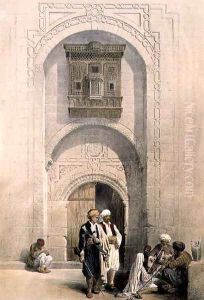
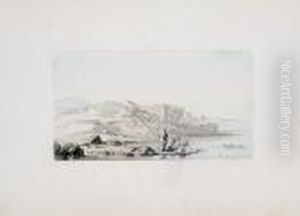
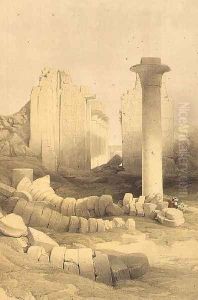
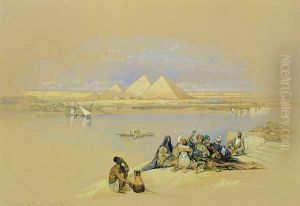
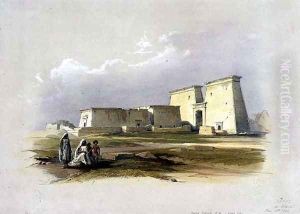
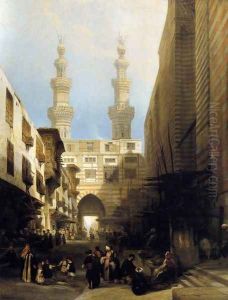
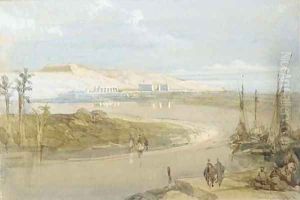
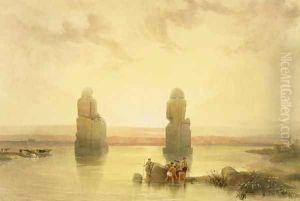
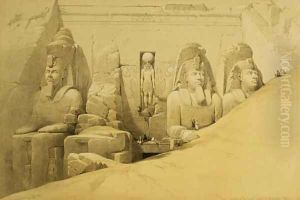
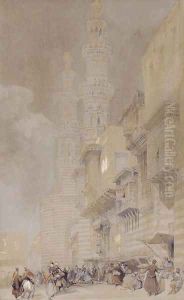
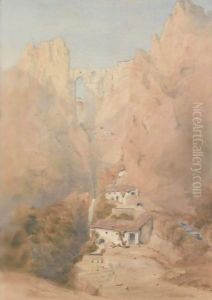
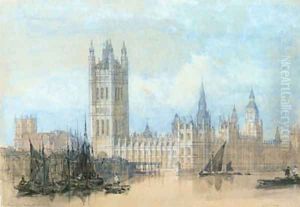
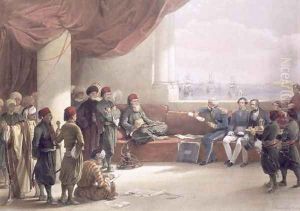
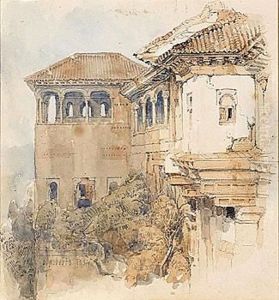
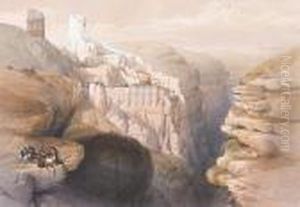
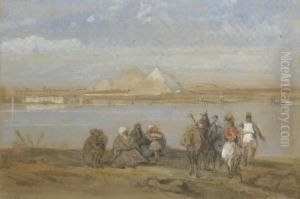
![[the Holy Land]](https://www.niceartgallery.com/imgs/2731968/s/david-roberts-the-holy-land-edab0435.jpg)
